Growing Woolly Thyme: Information On Woolly Thyme Ground Cover


& Becca Badgett (Co-author of How to Grow an EMERGENCY Garden) There are plants you just want to touch, and a woolly thyme plant (Thymus pseudolanuginosus) is one of them. Woolly thyme is a perennial herb, with medicinal and culinary uses in addition to ornamental use. Try growing woolly thyme in the cracks between paving stones, along a gravel path, or as part of a xeriscape or drought-tolerant garden. The herb doesn't mind a bit of rough handling and can be trod upon with no ill effects. In fact, when stepped on, woolly thyme ground cover emits a pleasant fragrance. Here is more information on how to grow woolly thyme so your toes can enjoy the soft furriness, and your nose the sweet scent of this magical little plant.
Woolly Thyme Plant Information
Thyme is one of the more hardy herbs perfect for hot, sunny locations. Once established, it tolerates dry conditions and spreads slowly, eventually creating a thick mat of foliage. Tiny leaves on woolly thyme ground cover are green and often edged with gray to silver. In summer the plant adds a bonus and produces sweet little pink to purple flowers. The plants are low growing, rarely getting higher than 12 inches (30.5 cm.) and spreading out to 18 inches (45.5 cm.) in width. Woolly thyme plants are perennial and survive in USDA zones 4 to 7 but sometimes up to zone 9 with sheltered locations during the heat of the day. Little is needed from the gardener with woolly thyme care. This almost self-sustaining plant is a treat for the unmotivated or the just plain too busy gardener.
Growing Woolly Thyme
Thyme is a member of the mint family and as tenacious and sturdy as other members of the group, so when planting woolly thyme, put it in an area where the spread is desirable. Woolly thyme plants can be easily started from seed indoors, or from small plugs that are readily available at your local nursery. Keep in mind, however, that those started from seed could take up to a year before they are ready for transplant outdoors. This herb prefers full sun but will perform in partial shade. When growing woolly thyme ground cover, plant in well-draining soil. Preparation of the soil is important. Rake out rocks and impurities and ensure proper drainage. If your soil is suspiciously boggy, amend it with generous amounts of sand or gravel worked into the top 6 to 8 inches (15-20.5 cm.). Plant the thyme in early spring after all danger of frost has passed for the best results with a spacing of 12 inches (30.5 cm.). Don't worry if they look sparse at first. It will soon fill into a thick carpet of softness.
Woolly Thyme Care
Once established, woolly thyme is drought resistant and care is minimal when plants are grown in soil with the right drainage. Woolly thyme ground cover may become snack food for aphids and spider mites. Protect it with frequent spraying of an organic horticultural soap. Other than that, and the occasional supplemental watering in the hottest months, the herb is best ignored. It is almost a “plant it and forget it” type of herb. Woolly thyme care doesn't necessarily include fertilization, although an all-purpose food may help specimens that are not responding to pruning or that are turning brown. More likely, the browning of this plant is because of poor soil drainage. Remove the plant if possible, and amend the soil or plant in a different area. Learning how to grow woolly thyme successfully and how to properly care for woolly thyme will include clipping and trimming. Trim back edges of the woolly thyme plant to encourage it to grow thicker. Be sure to use the clippings for cooking, potpourri, or in the bath. Hardy herbs are one of the best-kept secrets for the novice gardener. Woolly thyme ground cover complements upright herbs and can help keep weeding to a minimum by shading out their seeds. Woolly thyme also grows well in mixed containers, cascading down the sides of the pot. Woolly thyme attracts pollinators too. In fact, bees will line up to sample the sweet flowers.
Gardening tips, videos, info and more delivered right to your inbox!
Sign up for the Gardening Know How newsletter today and receive a free copy of our e-book "How to Grow Delicious Tomatoes".

Bonnie Grant is a professional landscaper with a Certification in Urban Gardening. She has been gardening and writing for 15 years. A former professional chef, she has a passion for edible landscaping.
-
 Terrifically Tubular Flowers For Hummingbirds: 9 Tube-Flowered Plants To Attract Hummers
Terrifically Tubular Flowers For Hummingbirds: 9 Tube-Flowered Plants To Attract HummersGrowing tubular flowers for hummingbirds helps you create the optimum feeding conditions for your winged friends. Here are nine tubed delights for hummers
By Tonya Barnett
-
 How To Grow Hydroponic Tomatoes For Fresh Indoor Harvests – No Soil Required
How To Grow Hydroponic Tomatoes For Fresh Indoor Harvests – No Soil RequiredLearning how to grow tomatoes in water is easy and allows you to harvest fresh-home-grown produce in every season without any mess.
By Ellen Wells
-
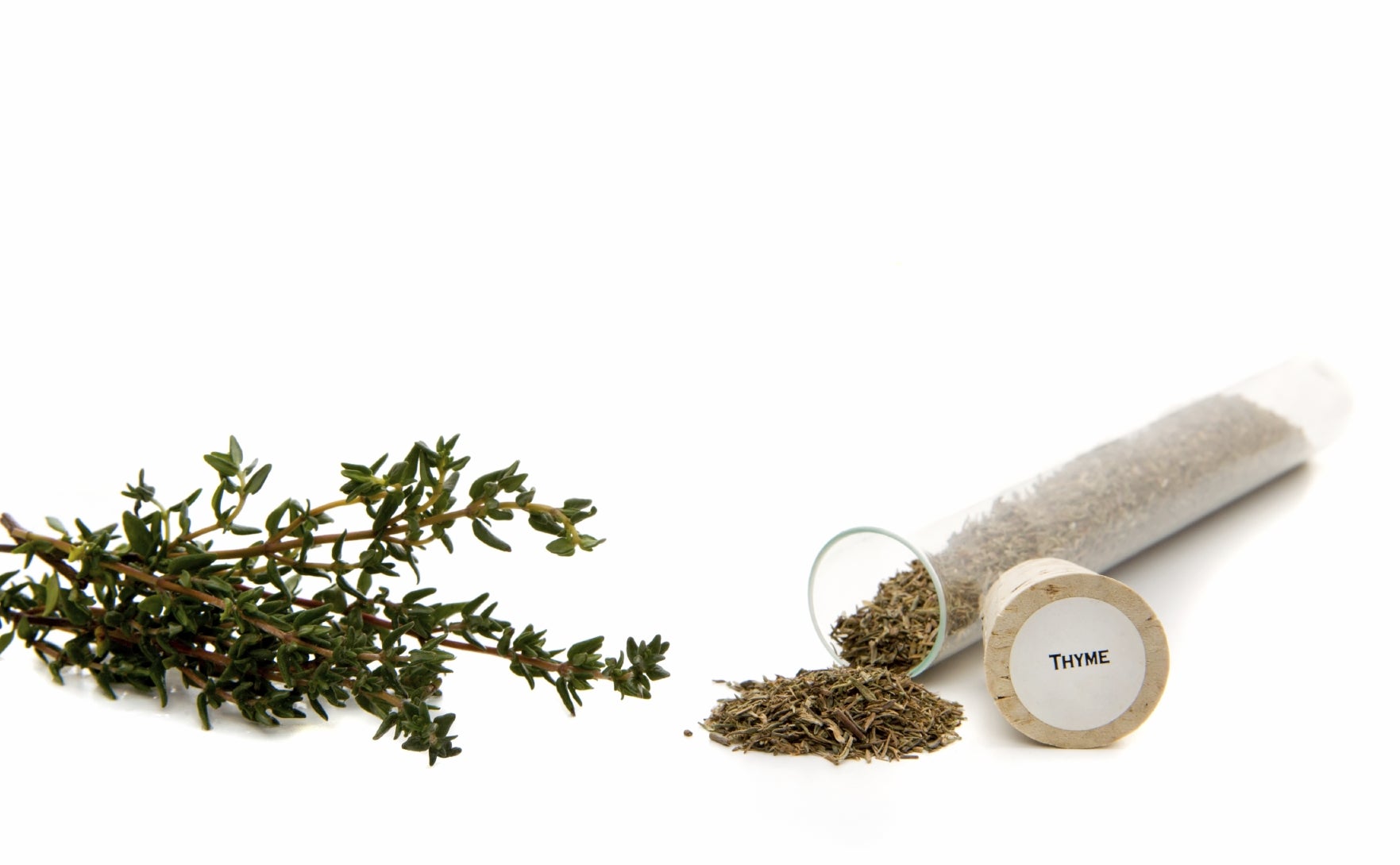 Propagating Thyme Plants: Thyme Seed Planting And Rooting Thyme Plants
Propagating Thyme Plants: Thyme Seed Planting And Rooting Thyme PlantsThyme is an herb steeped in history with a wide range of uses, not the least of which is culinary. With such a plethora of applications, it is a "must have" for the herb garden. So then, how to propagate thyme you ask? Find out here.
By Amy Grant
-
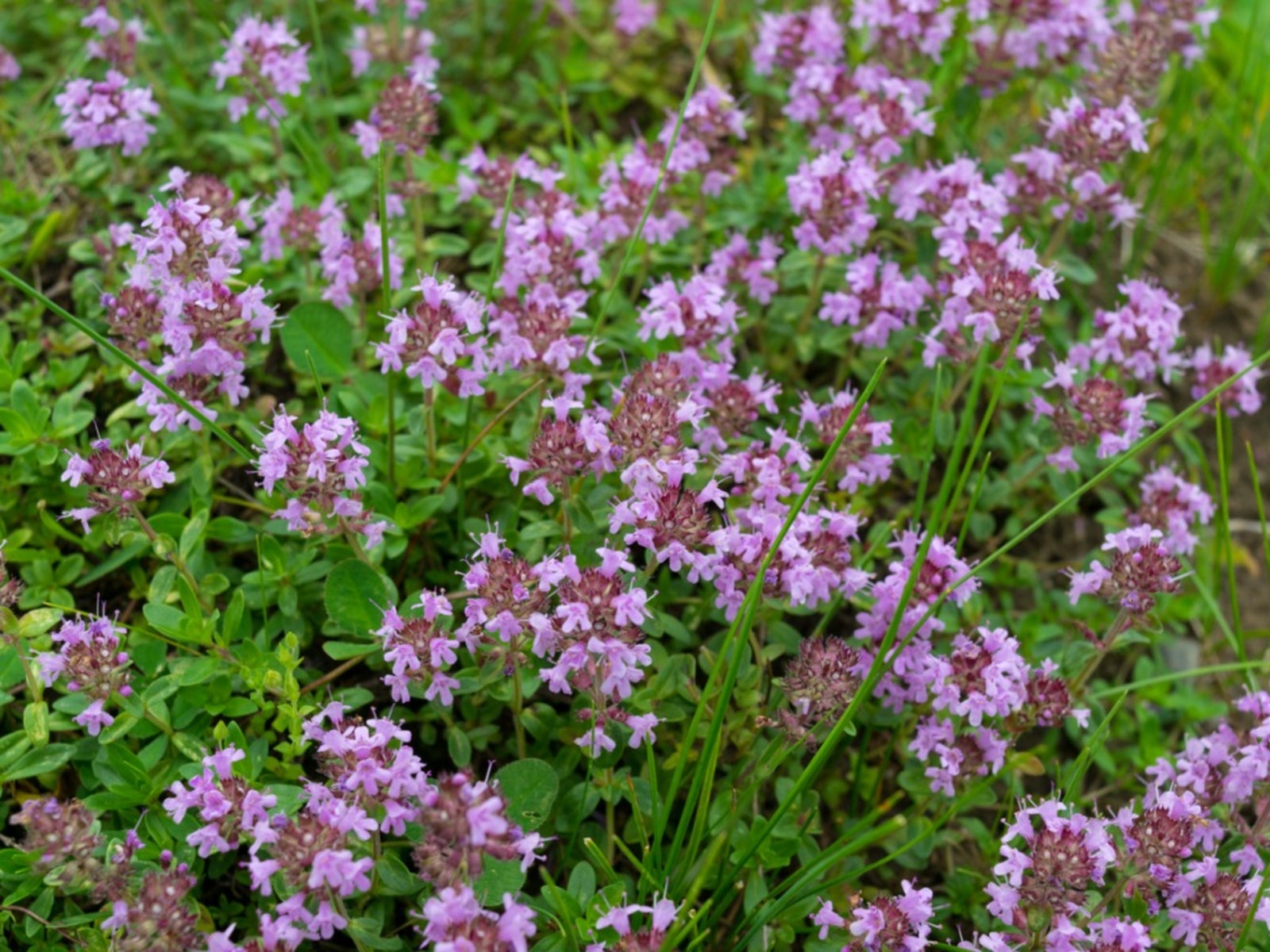 What Is Elfin Thyme: Information On Elfin Creeping Thyme Plant
What Is Elfin Thyme: Information On Elfin Creeping Thyme PlantElfin creeping thyme plant is as cherubic as its name implies with small glossy, green aromatic leaves and teeny weensy purple or pink blossoms. Read here for information on elfin thyme care.
By Amy Grant
-
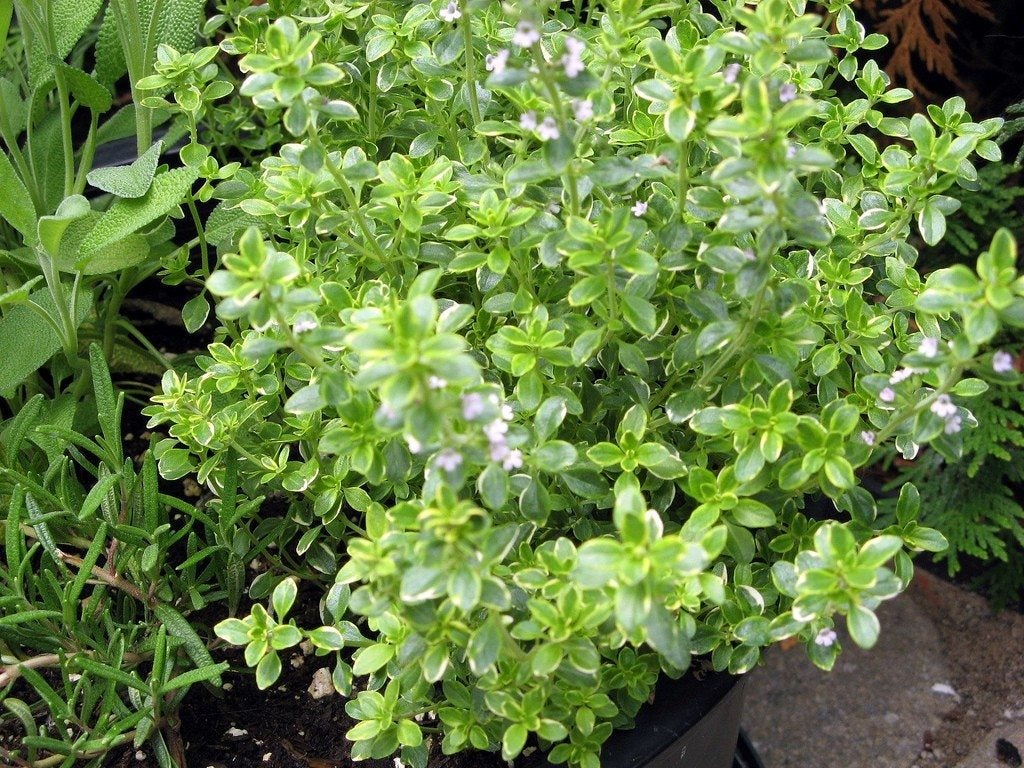 Lemon Thyme Herbs: How To Grow Lemon Thyme Plants
Lemon Thyme Herbs: How To Grow Lemon Thyme PlantsLemon thyme plants are a lovely addition to an herb garden, rock garden or border or as container plants. Grown not only for its culinary uses but for its attractive foliage, lemon thyme info can be found here.
By Amy Grant
-
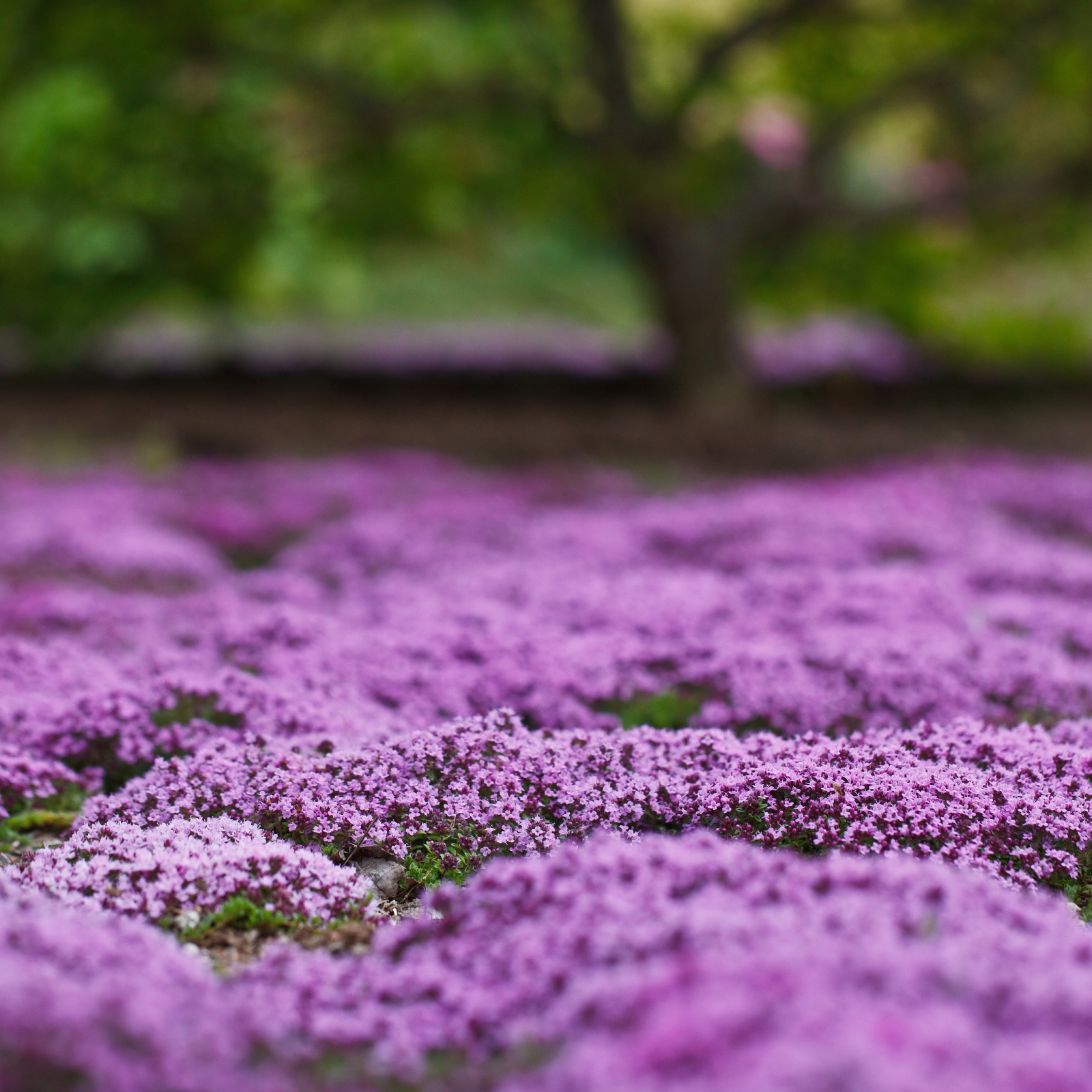 Creeping Thyme Growing Guide – Everything You Need To Know
Creeping Thyme Growing Guide – Everything You Need To KnowCreeping thyme makes a pretty and fragrant ground cover carpet, as well as a great spiller in pots. It likes a little grit in the soil and is easy to grow.
By Amy Grant
-
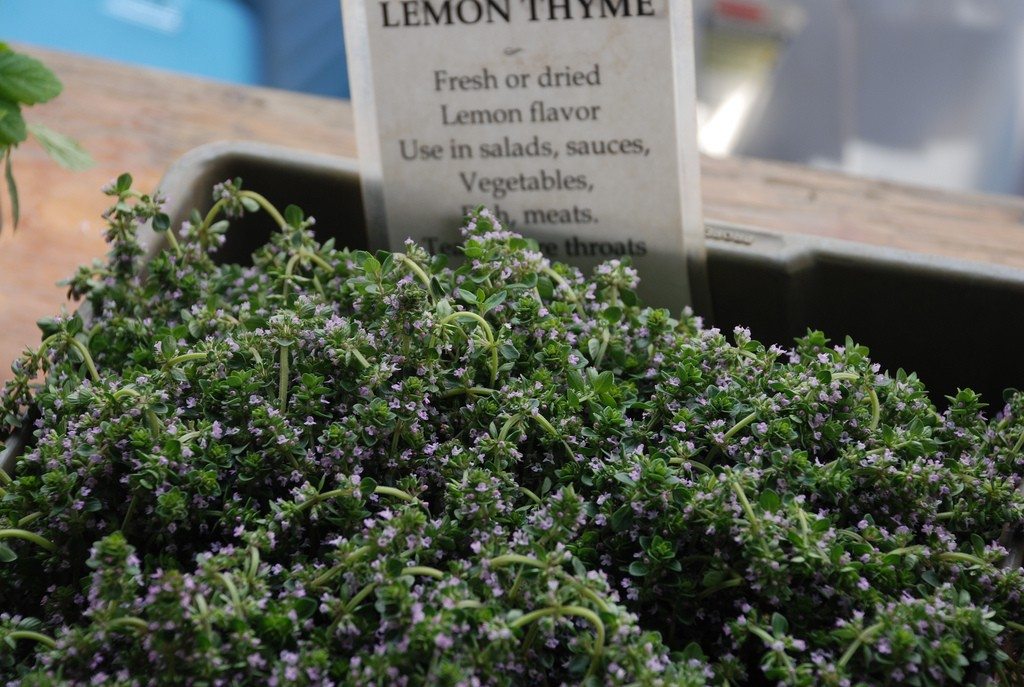 Types Of Thyme Plants: Varieties Of Thyme For The Garden
Types Of Thyme Plants: Varieties Of Thyme For The GardenBy Amy Grant
-
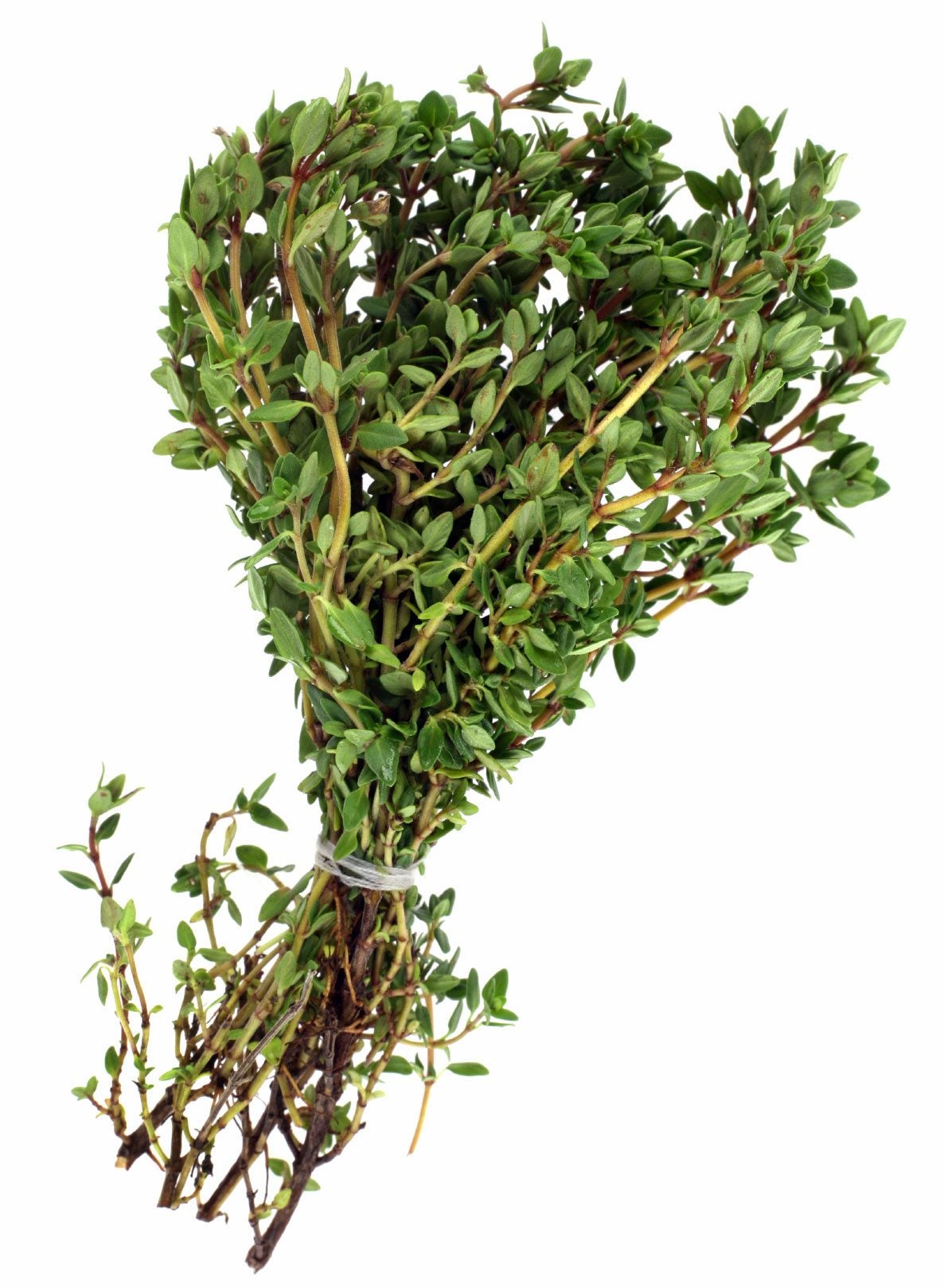 Storing Thyme - Drying Fresh Thyme After Harvesting
Storing Thyme - Drying Fresh Thyme After HarvestingThyme is one of the most versatile herbs, with various cultivars and flavors. Knowing how to dry thyme can help you preserve the delightful scent and flavor of this herb for easy home use. Click here for more.
By Bonnie L. Grant
-
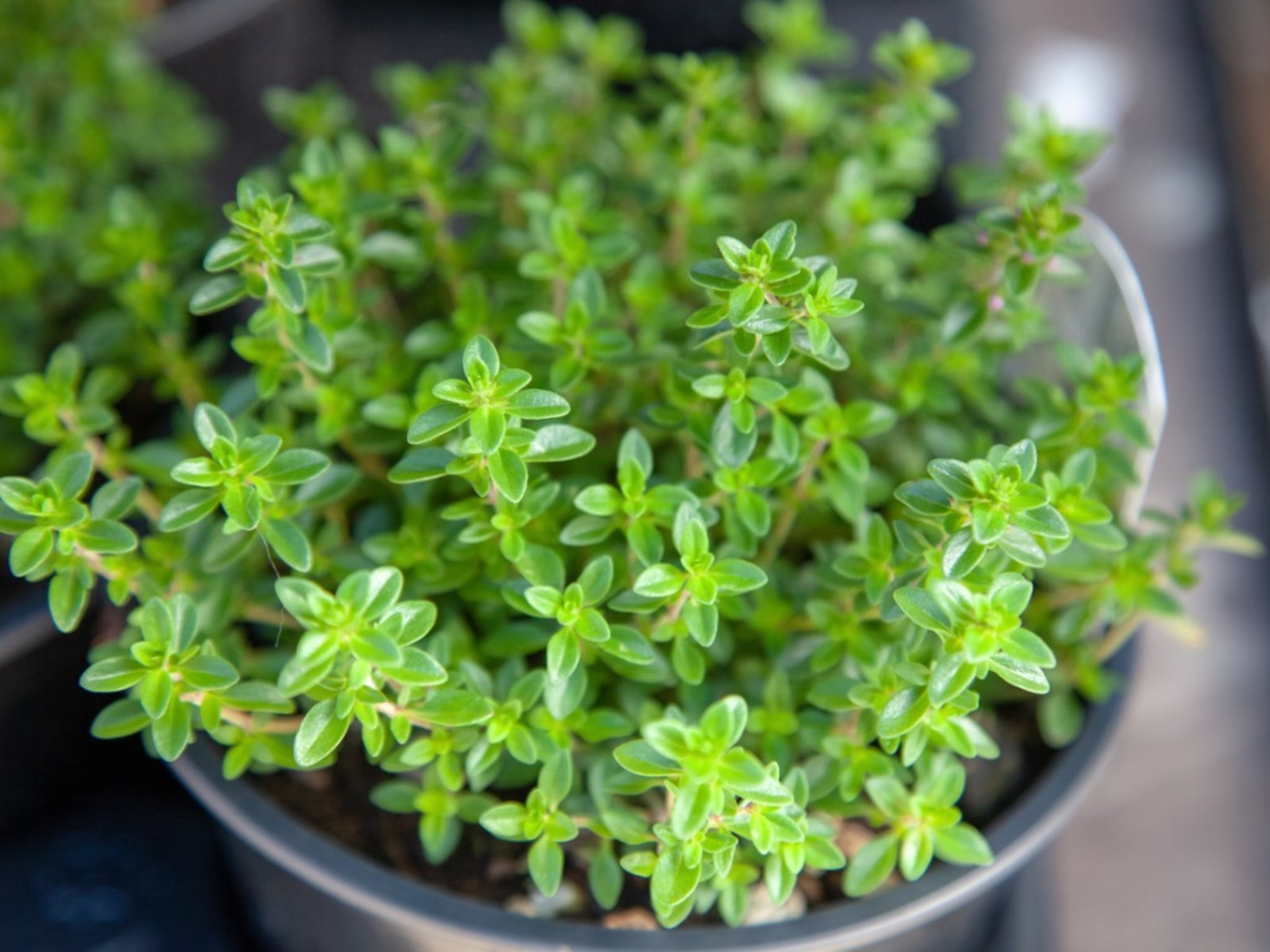 Growing Thyme Indoors: How To Grow Thyme Indoors
Growing Thyme Indoors: How To Grow Thyme IndoorsWhat could be better than having the scents and flavors near to hand in the kitchen? Thyme is a useful herb that can be used in a variety of ways. Growing thyme indoors is easy, and this article will help.
By Bonnie L. Grant
-
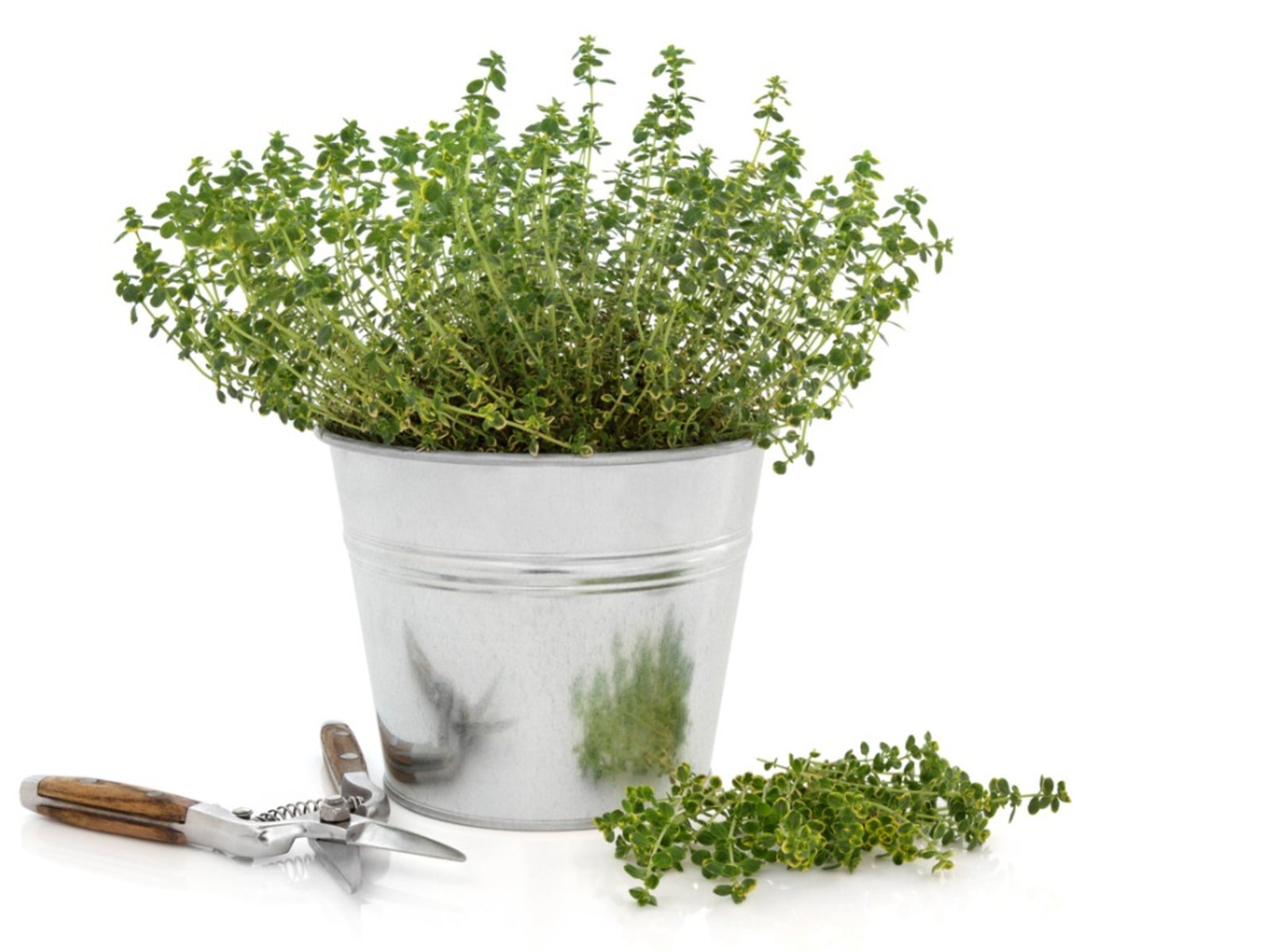 Tips For Pruning Thyme Plants For Best Growth
Tips For Pruning Thyme Plants For Best GrowthThyme plants do best when they are pruned regularly. Taking the time to trim thyme, not only creates a nicer looking plant, but also helps improve the amount you can harvest from the plant. Learn more here.
By Heather Rhoades